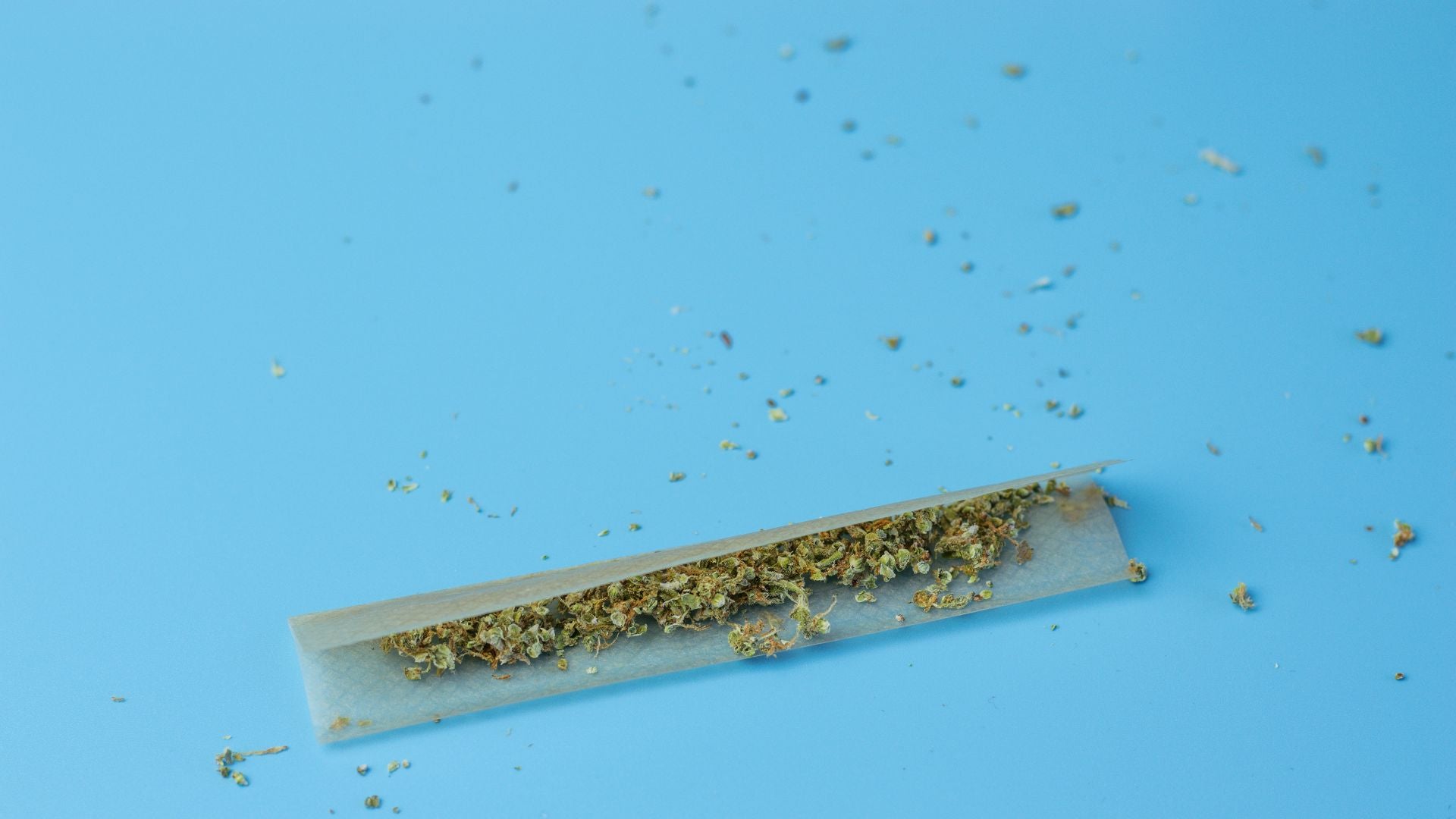Table of Contents
- Introduction
- Rice Rolling Papers
- Hemp Rolling Papers
- Wood Pulp Rolling Papers
- Flavored Rolling Papers
- Transparent Rolling Papers
- Harmful Rolling Paper Material
- Summary
Introduction
Rolling a perfect cannabis joint is an art form, and one of the key elements that can significantly impact your smoking experience is the choice of rolling paper. Rolling papers come in various materials, each offering unique characteristics that can enhance or alter the flavor, burn rate, and overall enjoyment of your joint. In today’s lesson, we'll learn about the different materials of rolling papers used for cannabis joints, helping you make an informed decision on which one is best for your preferences.
Let’s Roll!
Rice Rolling Papers
Rice rolling papers are known for their thinness and slow burn rate. They are made from pressed rice and are often unbleached, making them a popular choice among cannabis enthusiasts who prioritize a clean and natural smoking experience. Rice papers are nearly transparent and have minimal impact on the flavor of your cannabis, allowing you to savor the full taste profile of your chosen strain. Due to their thinness, they can be a bit more delicate to roll, but many users appreciate the smooth, slow burn they provide.
Pros:
- Clean & natural smoking experience
- Minimal impact on flavor.
- Slow burn rate.
- Thin and nearly transparent.
Cons:
- Can be slightly more challenging to roll.
- Vulnerable to damp air- so don’t smoke when it’s running outside
Hemp Rolling Papers
Hemp rolling papers are crafted from hemp fibers, which are eco-friendly and sustainable. Since they are made from help fiber and not wood pulp, these papers help save trees! Hemp papers are usually unbleached and therefore, have a light brown color to them. They can also add a subtle earthy or wood undertone to your joint’s flavor. Hemp papers are thicker and rougher than rice papers, providing a good grip when rolling. They have a medium burn rate and go out less often than rice papers.
Pros:
- Eco-friendly and sustainable.
- Adds a subtle earthy flavor.
- Slow burn rate.
Cons:
- Slightly thicker than rice papers.
Wood Pulp Rolling Papers
Wood Pulp papers are made from wood pulp and is often mixed with other fibers, giving them a rougher texture that is easier to roll. Wood Pulp papers are typically thicker than other types of paper. They come in bleached or unbleached. WHITE Wood pulp papers are bleached while BROWN papers are not. They have a medium-fast burn rate. They hold shape well, even in the presence of a little humidity or shaky, sweaty hands.
Pros:
- Widely available.
- Easy to roll.
- Available in different thicknesses.
Cons:
- Faster burn rate.
- May contain additives.
Flavored Rolling Papers
Flavored rolling papers are designed to enhance the taste of your cannabis joint. They come in a variety of flavors, from fruity to spicy, and can add a unique twist to your smoking experience. These papers are typically made from rice, hemp, or wood pulp, and the flavor is infused using natural or artificial flavorings. While some users enjoy the added taste, others prefer the natural flavor of the cannabis itself and may find flavored papers overpowering.
Pros:
- Adds unique flavors to your joint.
- Available in a wide range of tastes.
Cons:
- Can overpower the natural cannabis flavor.
- May contain artificial additives.
Transparent Rolling Papers
Transparent rolling papers, also known as cellulose papers, are made from a plant-based material called cellulose. These papers are completely clear and allow you to see the contents of your joint as you smoke it. They are flavorless and burn evenly, making them a popular choice for those who want a visually appealing smoking experience. However, they can be a bit tricky to roll for beginners due to their unique texture.
Pros:
- Completely transparent.
- Flavorless and burns evenly.
- Visually appealing.
Cons:
- Challenging to roll for beginners.
Harmful Rolling Paper Materials
Ideally, always go organic. Here are some chemicals to avoid in rolling papers:
- Heavy metals: arsenic, mercury, lead, and cadmium
- GMO Fibers
- Artificial Dyes - all of our colored papers are made with natural dyes
- Bleach & Calcium Carbonate
- Potassium Nitrate
Conclusion
There you have it Pals! Choosing the right rolling paper material for your cannabis joints ultimately comes down to personal preference. Each material offers distinct advantages and drawbacks, so it's essential to consider factors like burn rate, flavor, and ease of rolling when making your decision. Whether you opt for the slow burn of rice papers, the eco-friendliness of hemp papers, the convenience of wood pulp papers, or the added flavor of flavored papers, experimenting with different options can help you find the perfect match for your smoking style and taste preferences.
Happy rolling and happy smoking!



Leave a comment